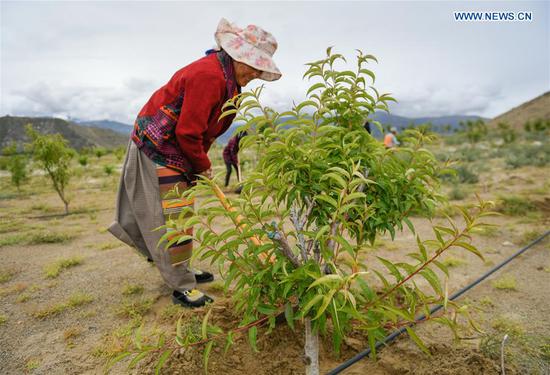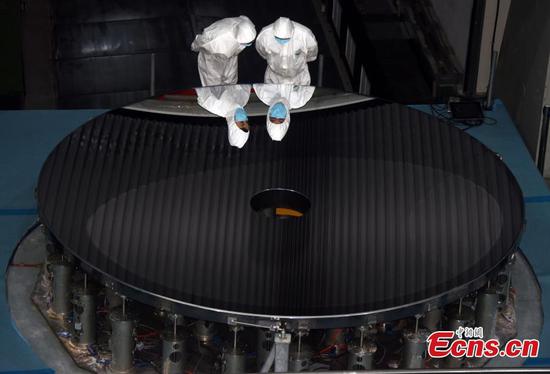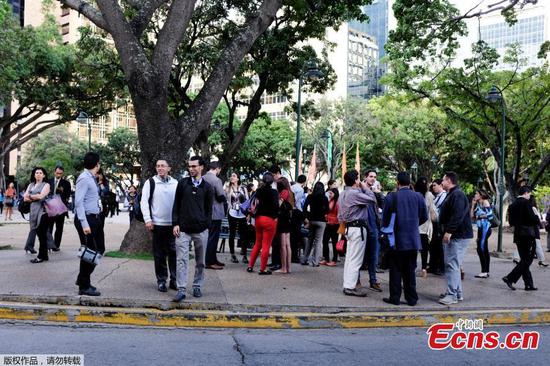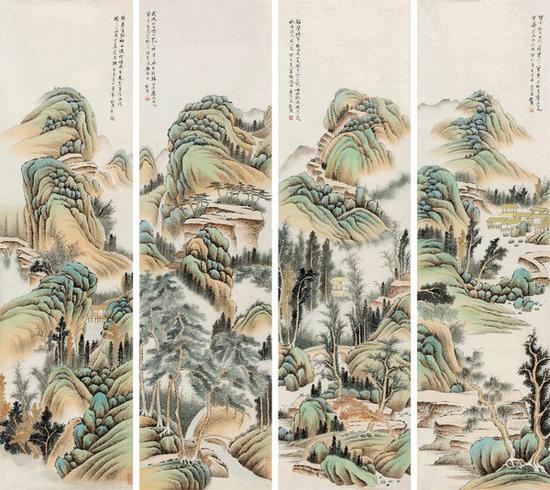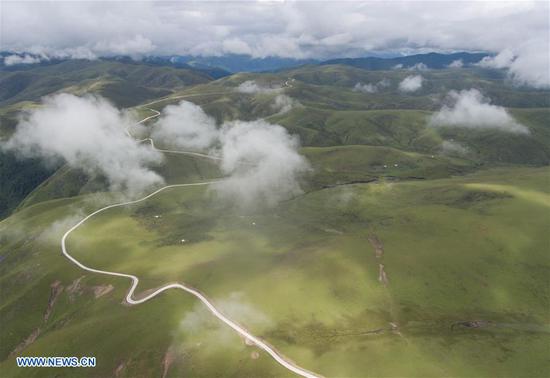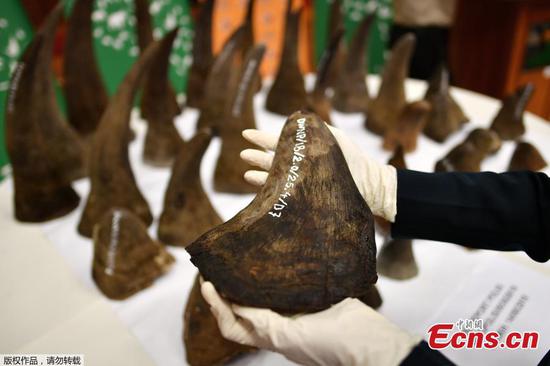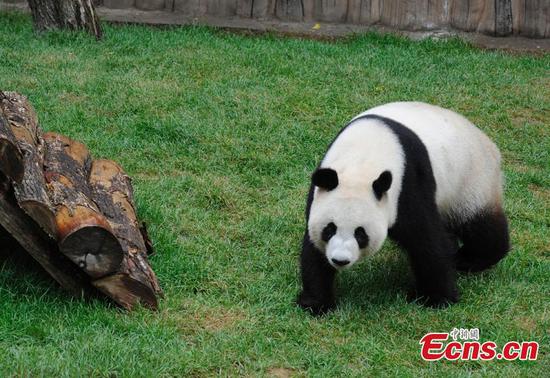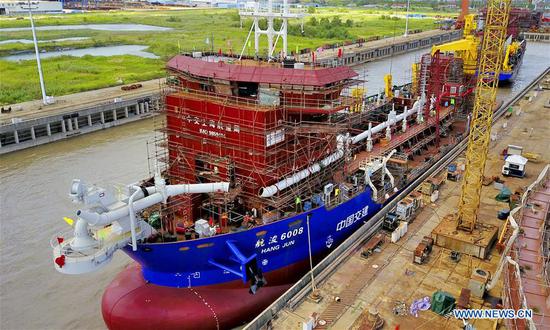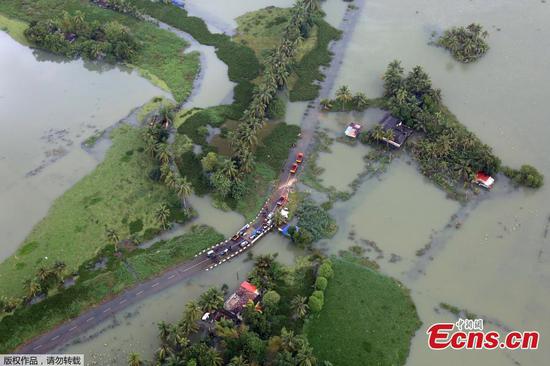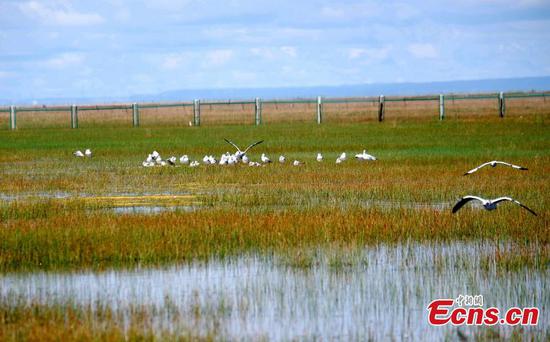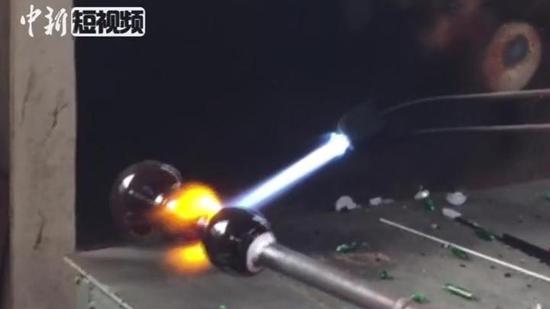
A worker collects mushrooms in an edible fungi production base in the Miao autonomous county of Songtao, Tongren , Southwest China's Guizhou province, June 20, 2018. (Photo/Xinhua)
For two decades it has been the primary source of pollution in villages and rivers near Beijing: 20 million metric tons of pulverized fuel ash from a coal-fired power plant.
But for Liu Kefeng, 63, it is a "huge treasure".
After three years of research, a team led by Liu has successfully turned ash into soil that can be used to grow seedlings and make cities greener.
"I didn't know there was such a huge amount of ash, and I was surprised that it could become an ideal material for planting," Liu said.
Covering more than 53 hectares, the ash dump in Luanping county, Hebei province, is just 1 kilometer from the Luanhe River, which supplies water to nine counties and the neighboring port city of Tianjin.
It is also a serious threat to air quality in cities, including Beijing, during dry, windy weather.
In the past, the ash was used as a building material, but technology made it redundant and it began to pile up. Local officials had no idea what to do with it until they found Liu in 2015.
A professor at Beijing University of Agriculture, Liu has studied the reuse of farm waste for 30 years. He helped Beijing suburban villages turn animal dung into organic fertilizers, which cut pollution and raised farmers' incomes.
In 2017, Liu's team developed a new type of nutritional soil using the ash as the main material, supplemented by mushrooms, straw, livestock manure and sawdust. In certain temperatures, humidity and air conditions, the ash ferments and gradually acquires organic substances.
The soil, known as a nutritional substrate, is similar to peat, a natural resource that has been widely used in agriculture and forestry, according to researchers.
Peat is an accumulation of partially decayed vegetation or organic matter. Because of its rich nutrients, peat is one of the best materials for compound fertilizers and has been used for lawns, golf courses, soccer fields, tennis courts and gardens.
Natural peat land is rare in China, so the country relies on imports. The price of imported peat is up to 600 yuan ($87) per cubic meter, researcher Yang Meng said.
The new soil is expected to cut that cost in half.
One factor in its low price is the reuse of waste from edible fungi.
More than 40 percent of China's mushrooms are produced in Hebei. Mushroom stalks, once considered useless, have been abandoned in villages, adding environmental pressures.
Researchers used the mushroom stalks as a soil inoculant, with beneficial microbes for soil and plant health.
Yang estimated that 72 million cubic meters of mushroom stalks will be consumed in 20 million tons of ash.
The artificial soil has brought accolades to the researchers, and a production plant will offer at least 20 jobs to villagers this year, Yang said.









